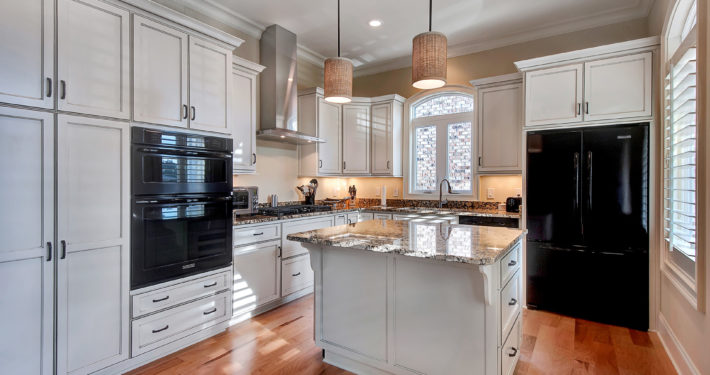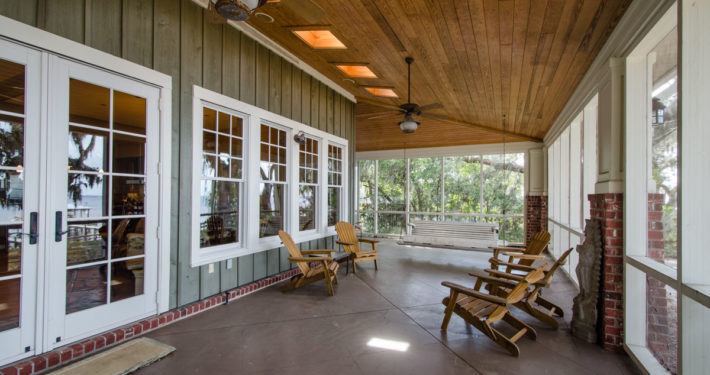When approaching the design of a residential structure, the needs of the occupants are an important consideration. Space planning allows for careful arrangement of interior spaces, such as the placement of furniture, architectural features and design elements, to produce a functional, appealing indoor environment. It lets the designer accommodate residents’ needs while also allowing flexibility for future changes. Efficient planning will dramatically impact the harmony and design of a home’s interior. Proper space planning is the structure and template for great design.
Quality structure and overall appearance are important when building a house, but function is key to making it the perfect home. We will work with you to determine the layout, architectural features and design elements that create a space that is not only beautiful, but functional for your family. Effective space planning provides the structure and template for great design and ensures your home will comfortably meet your family’s needs for years to come.
Space Planning Separates Residential Zones
Space planning provides techniques for splitting a residential space into three separate zones: the public zone, the work zone, and the private zone. The public zone consists of living rooms, kitchens and other areas where visitors are likely to gather. The work zone includes home offices or any distinct areas where income-generating activities take place. The private zone includes bedrooms, dens or other spaces for the exclusive use of the home’s occupants.
Space Planning Optimizes Circulation
A well-crafted space plan provides short, efficient and direct pathways through the home. Circulation, or movement within the home’s interior spaces, can be a critical component of comfort and acceptability. Space planning allows all structural features to be accounted for and movement pathways made as efficient as possible.
Space Planning Calls For Well Organized Residential Areas
Space planning helps designers and builders take advantage of factors such as directional orientation of the home, installation of internal support systems such as plumbing and HVAC, efficient placement of entryways, creation of functional work areas such as kitchens and laundry rooms, and reservation of sufficient space for storage.



